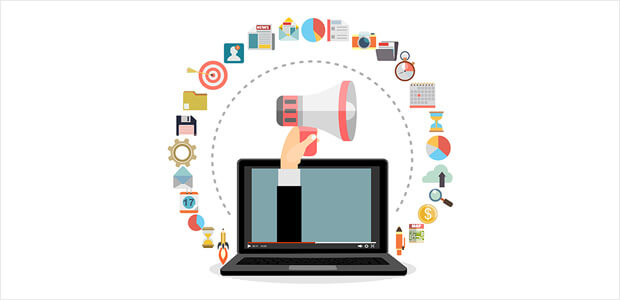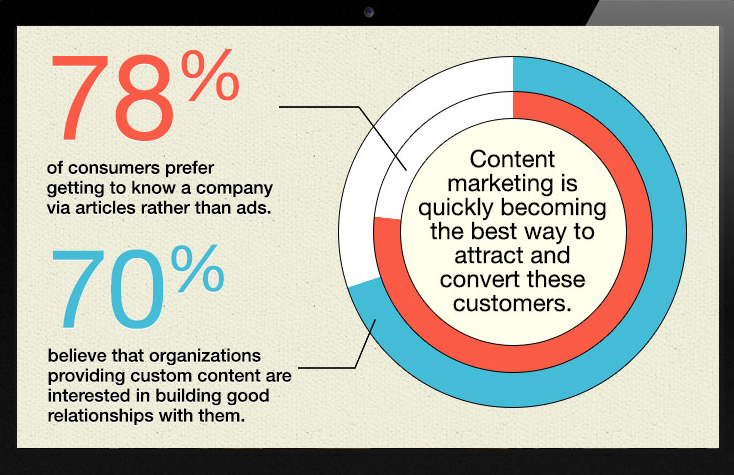Software Upgrades: Benefits Of Upgrading Your Systems

Most small business owners try their best to retain their servers for a long period of time since they want to increase their expenses on the initial purchase. Typically, IT departments replace their workstations, technology infrastructure, and servers when they start to slow down, stop receiving updates. Nonetheless, the truth is that upgrading the servers at regular intervals can be more affordable than depending on an unreliable server. In this post, we will discuss reasons why you should upgrade your server hardware:
Table of content:
- Advantages of Upgrading Your Servers
- What Is A Software Upgrade?
- Risks of not doing a computer hardware or software upgrade
- How To Upgrade a Computer System?
- Disadvantages of upgrading hardware
Advantages of Upgrading Your Servers
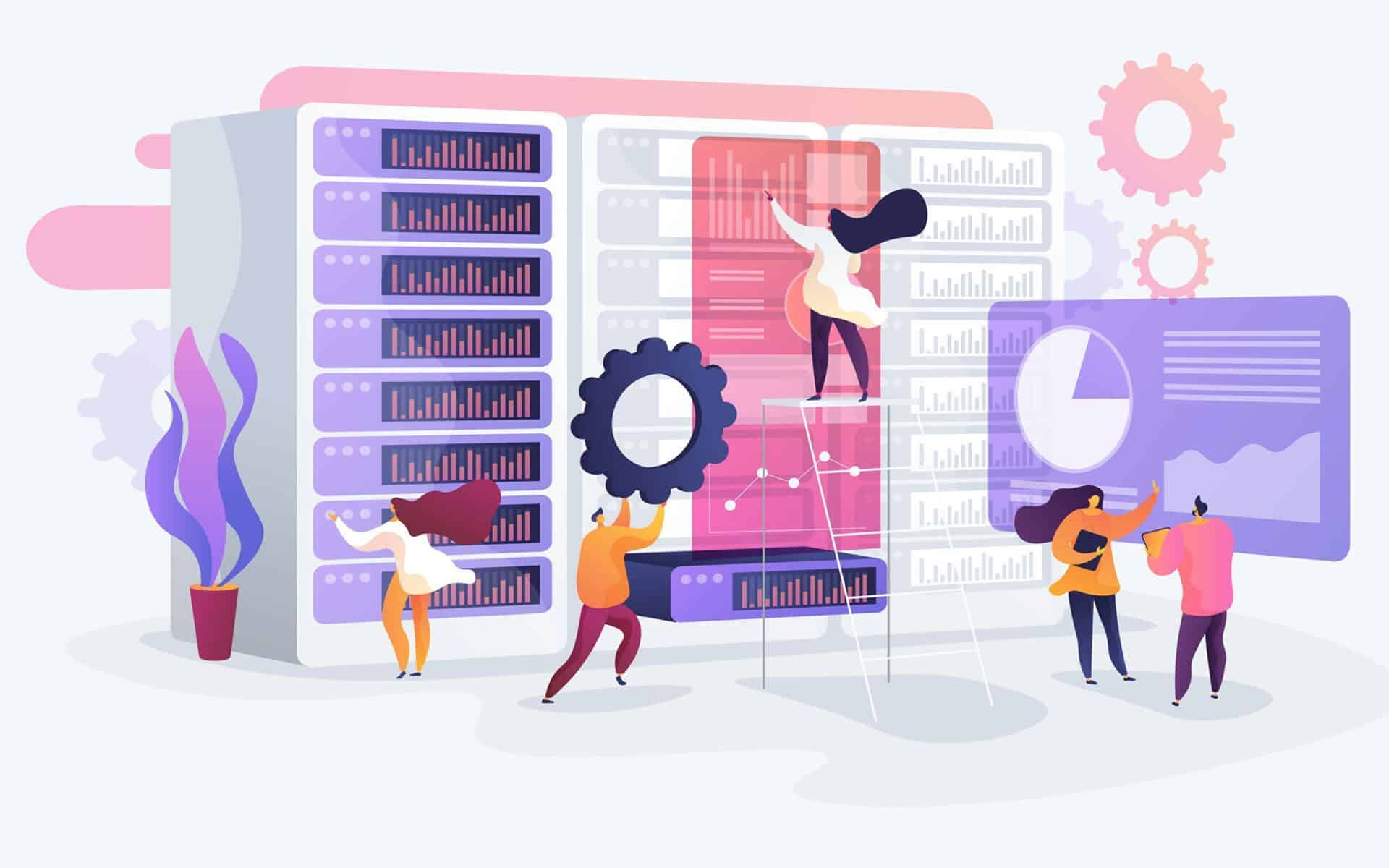
With computer hardware, an upgrade is a term that denotes adding new hardware to a computer that improves its performance. For instance, with a hardware upgrade, you can restore your hard drive with an SSD or upgrade the RAM, resulting in increased productivity and performance. Here some reasons for upgrading your hardware:
- A business should upgrade its hardware and software when software vendors stop supporting it. This can be from a hardware and replacement part viewpoint or from a newer technology development perspective. Windows Server 2003 went EOL and EOS in July of 2015, which indicates Microsoft has not been developing patches or compatible software for that OS for over five years now. Hardware running that age of the operating systems is very likely to be antiquated, slow, and hard to find replacement parts should something break.
- Outdated software and hardware are vulnerable to security threats such as cyber phishing, malware, and ransomware.
- Enjoy new features not available or found in previous versions. Modern versions of servers and their operating systems support remote access functionality, compatibility with modern mobile devices ranging from Androids to OS devices and others, latest email technologies, social media automation tools, among other features.
- Usually, new software has better stability and increased performance: Today, we have faster hard drives, faster CPUs, more processors- and these resources mean the processing of workloads is faster. Typically, Older systems are just not as quickly as new ones.
- Enhancements: Functionality features in new operating systems can be utilized to provide enhancements that were not possible in older software. This means businesses utilizing older technology will not have the functionality that could give them a competitive advantage.
- Upgrading software boosts IT support: Typically, IT professionals can not support business technology that has become outdated. Young IT professionals might have limited knowledge of old systems. It will take them longer to find answers to your IT questions- which will increase your IT infrastructure support costs.
- Hardware or software updates result in happier staff: Employees become increasingly frustrated with outdated systems – they just can’t do their job efficiently as they would like. If the employees become so disgruntled that they leave, you could lose business knowledge. By upgrading to the latest server, you will be able to improve user experience and get better synchronization and faster speed.
Companies should migrate to newer hardware and software when the risks of staying on older hardware is too great. You will be more productive, have happier employees, less time when a machine is inactive, and better security and compliance.
What Is A Software Upgrade?
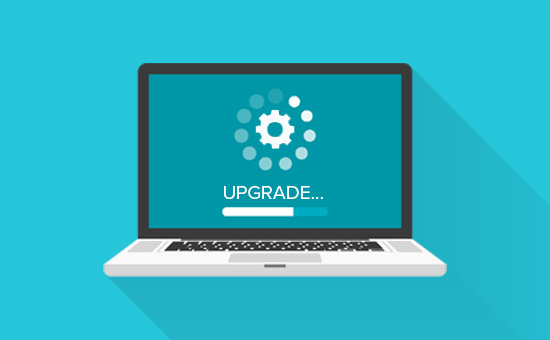
When referring to software, a software upgrade denotes any major upgrade to the software that adds significant or completely new modifications to the program. An example of a software upgrade is upgrading your Windows version. For instance, if you had Microsoft Windows XP and upgraded to Windows 7, this would be regarded as a software upgrade.
What Is The Difference Between Software Updates and Upgrades
| Software Update | Software Upgrade |
| Sofware updates are usually free and very small. For instance, if you have Windows 7 and are required to install fixes or antivirus for security vulnerabilities or other issues, you would update Windows. | Software upgrades are usually not free and much larger. For instance, if you have Windows XP and you need Windows 7, you would upgrade to Windows 7. |
Risks of not doing a computer hardware or software upgrade
Almost all software developers release small software updates to assist in keeping a program stable and secure. If the program is successful, the organization might release a software upgrade, which is a new version of the program. After releasing a new upgrade, the previous type eventually reaches the end of the line (EOL) and stops being supported. For most software programs, this is not an issue as far as you no longer need support from the developer. However, for software programs that require upgrading, coding for backward compatibility is:
- Costly
- Time-consuming
- It might introduce security risks
How To Upgrade a Computer System?
Upgrading a computer all depends on what kind of computer you have and what you hope to attain with the upgrade. For instance, the most common upgrade to a computer is upgrading the computer memory to attain better performance and greater memory capacity.
Disadvantages of upgrading hardware
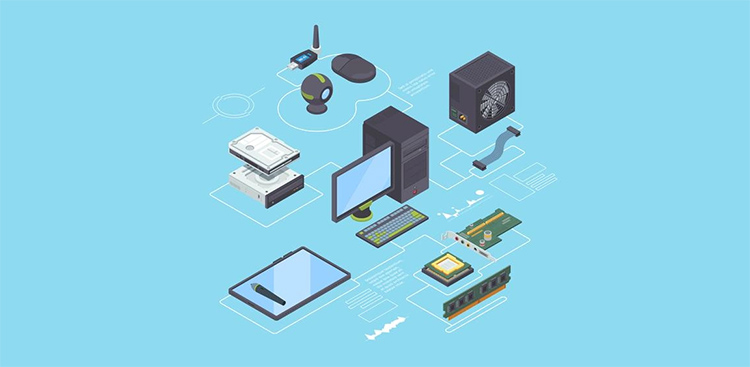
Even though the advantages always outweigh the shortcomings of a hardware upgrade, it is still worth noting the following drawbacks of doing hardware upgrades:
- You can damage the new hardware during installation
- When you upgrade major computer components, like a hard drive or motherboard, you might have to reinstall all your software, which is a significant time investment.


